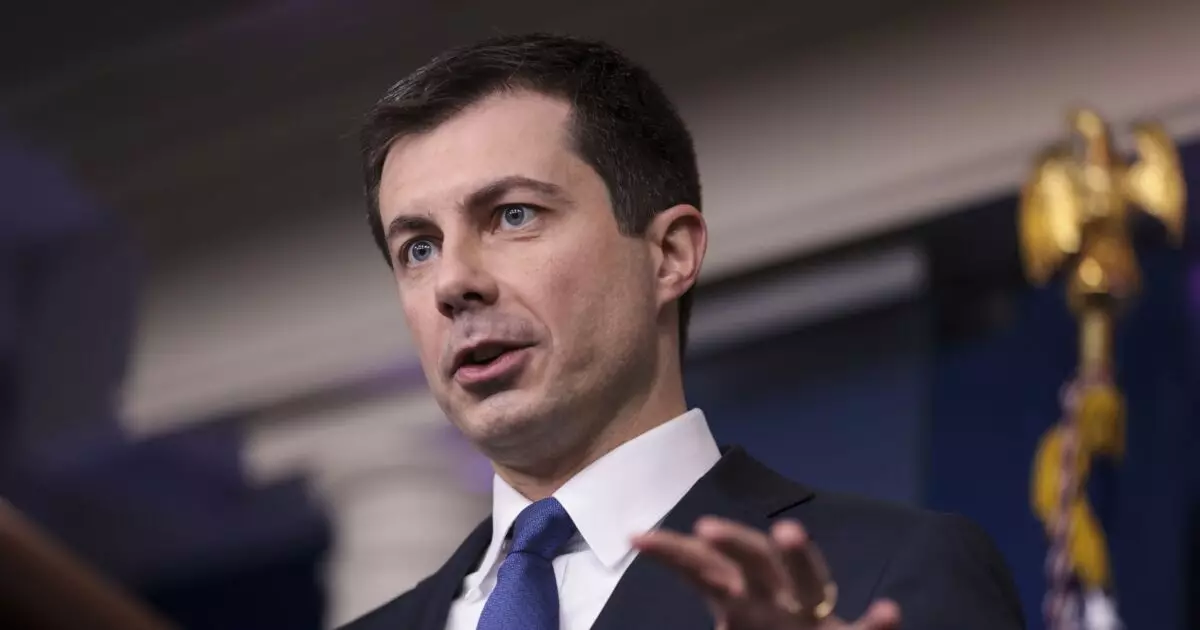The landscape of aviation is rapidly evolving, necessitating significant updates and enhancements to airport infrastructures across the United States. In a decisive move, the U.S. Department of Transportation (DOT) is allocating over $332 million in federal grants earmarked for the modernization of 171 airport projects in 32 states. This stimulus, facilitated through the Federal Aviation Administration (FAA) with support from the Bipartisan Infrastructure Law (BIL), is a response not only to the pressing needs of aging airports but also to the increasing demand for air travel. This strategic investment aims to ensure the safety, accessibility, and efficiency of airports for years to come.
The Bipartisan Infrastructure Law serves as a foundation for transformative developments in the United States’ air travel sector. With a total commitment of $25 billion over five years dedicated to airport and air traffic control improvements, the funding signifies a shift towards the prioritization of robust and resilient infrastructure. The allocation of $15 billion of this budget is specifically targeted at critical areas including runways, taxiways, and sustainability projects, as well as enhancing connectivity between airports and transit systems. Through this comprehensive funding approach, the DOT reaffirms its commitment to modernizing the nation’s airports while addressing long-standing infrastructure backlogs.
The most recent disbursement of funding addresses a diverse array of projects, from expansive facilities catering to international traffic to smaller regional properties. For instance, Phoenix Sky Harbor International Airport, one of the busiest airports in the country, has been awarded $84.3 million to construct a new taxiway and bridge, a project that promises to improve aircraft operations and mitigate congestion. The urgency for expansion is underscored by the airport’s booming traffic and previous announcements regarding a new terminal.
Similarly, Sitka Rocky Gutierrez Airport in Alaska is set to benefit from $18.8 million aimed at terminal expansion and essential upgrades to snow removal operations. These projects illustrate a dual focus on efficiency and safety, addressing the unique needs of airports that serve dynamic and challenging environments.
The funding is not exclusively for large airports; regional facilities are also receiving significant support. Tallahassee International Airport in Florida will utilize $6.7 million to construct new taxiways and improve lighting systems to align with contemporary FAA safety standards. Meanwhile, Hector International Airport in North Dakota will expand its terminal with an investment of $3.9 million, creating four additional gates to accommodate passenger growth. This demonstrates recognition of the critical role regional airports play in the broader aviation ecosystem.
Even lesser-known airports, such as Telluride Regional Airport in Colorado, are not overlooked. With $2.6 million allocated for the installation of navigational aids and compliance upgrades, these projects are essential to enhancing safety and operational standards. It showcases a commitment to uniformly improving airport infrastructure across all levels of the aviation network, fostering an environment where all travelers can expect heightened safety and efficiency.
Even amidst these new projects, it is vital to observe and analyze the implications of these investments. Secretary of Transportation Pete Buttigieg indicated that these contributions provide historical investments which are expected to yield significant improvements for travelers, making airports better equipped for increasing passenger volumes and ensuring safety. However, with such endeavors comes the necessity for ongoing maintenance and continuous investment in future technologies and processes to keep pace with growth.
The FAA Associate Administrator for Airports, Shannetta R. Griffin, emphasized the importance of these investments, asserting that they pave the way for secure and expedient air travel. The current funding injection marks the beginning of a new chapter in airport modernization that aims not only to respond to present demands but also to anticipate and prepare for the future landscape of air travel.
The recent allocation of over $332 million from the DOT highlights an intense focus on modernizing the nation’s airports—an endeavor critical for the evolving needs of an increasingly mobile society. As airports undertake vital improvements to infrastructure, the overarching goal remains clear: to create a safer, more reliable air travel experience for all. As the journey toward enhanced airport operations continues, these investments are sure to redefine the aviation landscape in the United States for decades to come.

